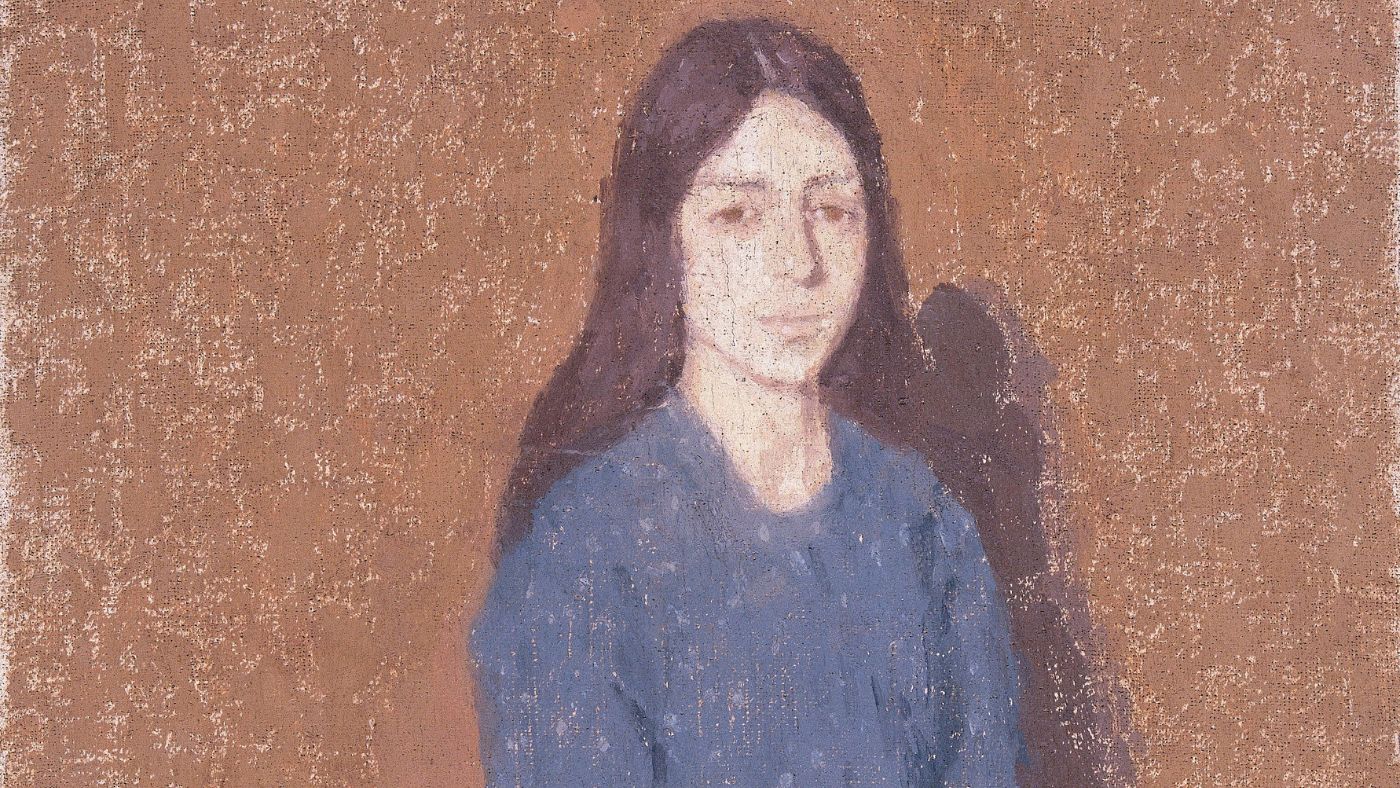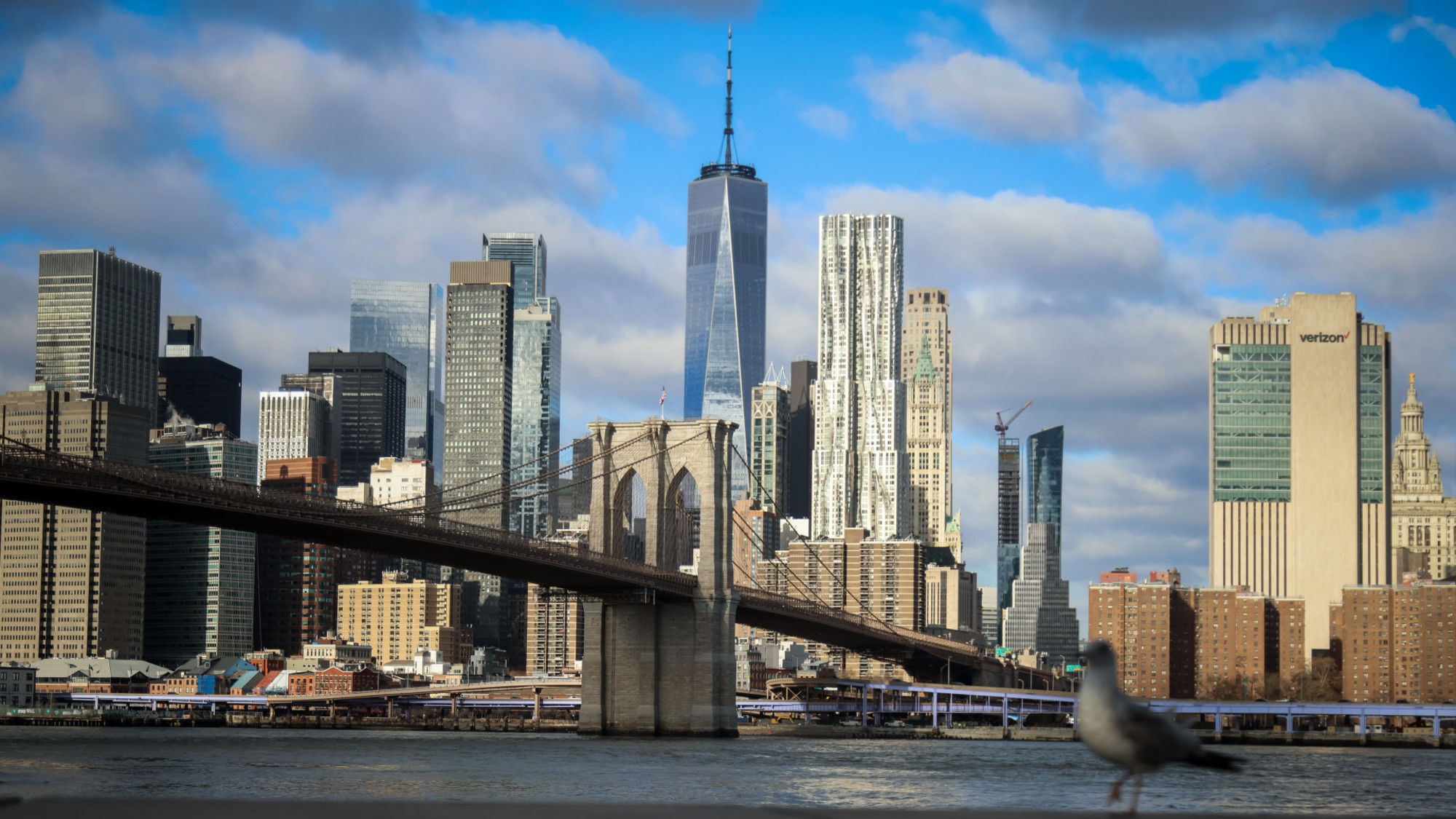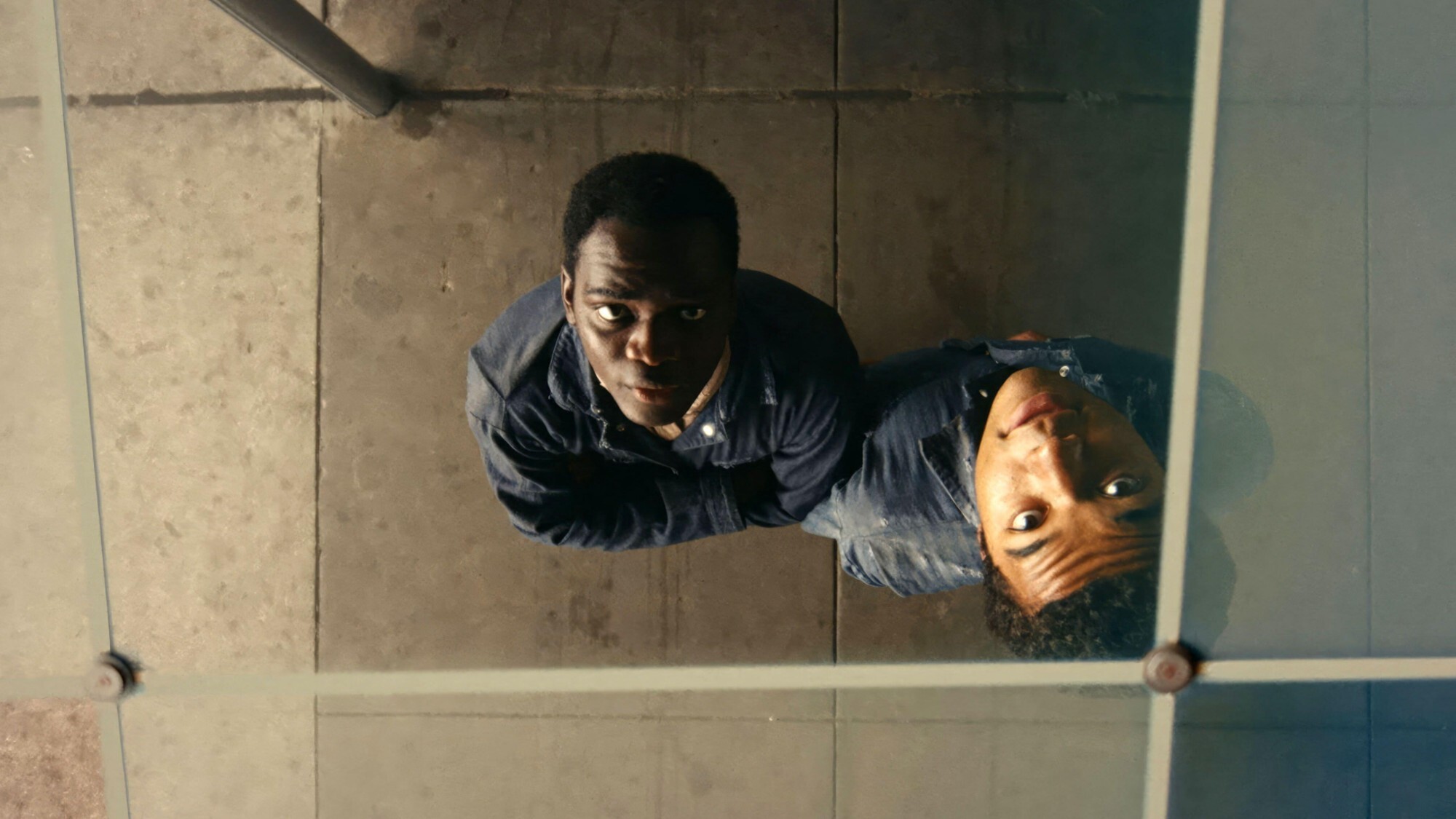Gwen John: Art and Life in London and Paris review
Exhibition sets out to reframe our perception of the Welsh-born painter

The Welsh-born painter Gwen John is generally remembered as a “fragile”, isolated figure, said Mark Hudson in The Independent. Neglected for some time after her death, John (1876-1939) was rediscovered in the 1980s, when she was reassessed as a reclusive talent overshadowed by two “bombastic male egos”: her brother, the celebrated painter Augustus John; and the great French sculptor Auguste Rodin, with whom she pursued a doomed romance for a decade. This new exhibition sets out to prove that our understanding of John as a solitary melancholic is a misconception. It argues that she was in fact an artist in tune with all the major movements of her day, and a “socially gregarious” character: she befriended James McNeill Whistler and the poet Rilke, met Picasso and Matisse, and enjoyed “numerous same-sex relationships”. The show, at Pallant House in Chichester, brings together 113 works from every stage of John’s career, as well as a wealth of paintings and drawings by friends and contemporaries that shed light on her art and her life. Ultimately, the Gwen John who emerges from this “fascinating” display is “a much odder, more interesting and more radical artist” than anyone might have expected.
John’s art “is never ingratiating or sentimental”, said Alastair Sooke in The Daily Telegraph. There is a mood of “chapel-like austerity” to some of her earlier work. Moving to Paris as a young woman, she specialised in “contemplative, stark interiors” often incorporating “solitary, skinny female figures” in garrets adorned with “lace curtains and wicker chairs”. One highlight is a sepia-hued still life depicting a teapot and some sumptuously rendered china cups in front of a fireplace in a windowless room; another is a “captivating” portrait of Augustus’s lover Dorelia McNeill, a “self-contained yet subtly sensuous” image that eclipses her brother’s “trite” likeness of the same model that is hung alongside. It’s a shame, however, that the paintings aren’t allowed to speak for themselves. The show’s constant insistence that John was done down by the patriarchy becomes tiresome and ultimately unconvincing.
There are some unexpected and rather wonderful images here, said Laura Cumming in The Observer. A Parisian concierge glares out from a portrait with “rancorous gloom”, while a drawing of a nun sees its subject “fairly beaming with humour”. We also see the “beautiful” painting “Girl in a Blue Dress” (c.1914) and a 1909 self-portrait in watercolour, in which the artist leans forward, clutching a letter. Yet there are, unfortunately, a lot of “mediocre” works by John and her contemporaries here, not least some “bafflingly weak” drawings by Rodin. Ultimately, the exhibition “contains and attempts too much”. It’s so eager to explore her social world that it sometimes loses sight of “Gwen John’s singularity”.
The Week
Escape your echo chamber. Get the facts behind the news, plus analysis from multiple perspectives.

Sign up for The Week's Free Newsletters
From our morning news briefing to a weekly Good News Newsletter, get the best of The Week delivered directly to your inbox.
From our morning news briefing to a weekly Good News Newsletter, get the best of The Week delivered directly to your inbox.
Pallant House Gallery, Chichester, West Sussex (01243-774557, pallant.org.uk). Until 8 October
A free daily email with the biggest news stories of the day – and the best features from TheWeek.com
-
 Venezuela’s Trump-shaped power vacuum
Venezuela’s Trump-shaped power vacuumIN THE SPOTLIGHT The American abduction of Venezuelan President Nicolás Maduro has thrust South America’s biggest oil-producing state into uncharted geopolitical waters
-
 Most data centers are being built in the wrong climate
Most data centers are being built in the wrong climateThe explainer Data centers require substantial water and energy. But certain locations are more strained than others, mainly due to rising temperatures.
-
 ‘Maps are the ideal metaphor for our models of what the world might be’
‘Maps are the ideal metaphor for our models of what the world might be’Instant Opinion Opinion, comment and editorials of the day
-
 The ultimate films of 2025 by genre
The ultimate films of 2025 by genreThe Week Recommends From comedies to thrillers, documentaries to animations, 2025 featured some unforgettable film moments
-
 Into the Woods: a ‘hypnotic’ production
Into the Woods: a ‘hypnotic’ productionThe Week Recommends Jordan Fein’s revival of the much-loved Stephen Sondheim musical is ‘sharp, propulsive and often very funny’
-
 The best food books of 2025
The best food books of 2025The Week Recommends From mouthwatering recipes to insightful essays, these colourful books will both inspire and entertain
-
 Art that made the news in 2025
Art that made the news in 2025The Explainer From a short-lived Banksy mural to an Egyptian statue dating back three millennia
-
 Nine best TV shows of the year
Nine best TV shows of the yearThe Week Recommends From Adolescence to Amandaland
-
 Winter holidays in the snow and sun
Winter holidays in the snow and sunThe Week Recommends Escape the dark, cold days with the perfect getaway
-
 The best homes of the year
The best homes of the yearFeature Featuring a former helicopter engine repair workshop in Washington, D.C. and high-rise living in San Francisco
-
 Critics’ choice: The year’s top 10 movies
Critics’ choice: The year’s top 10 moviesFeature ‘One Battle After Another’ and ‘It Was Just an Accident’ stand out